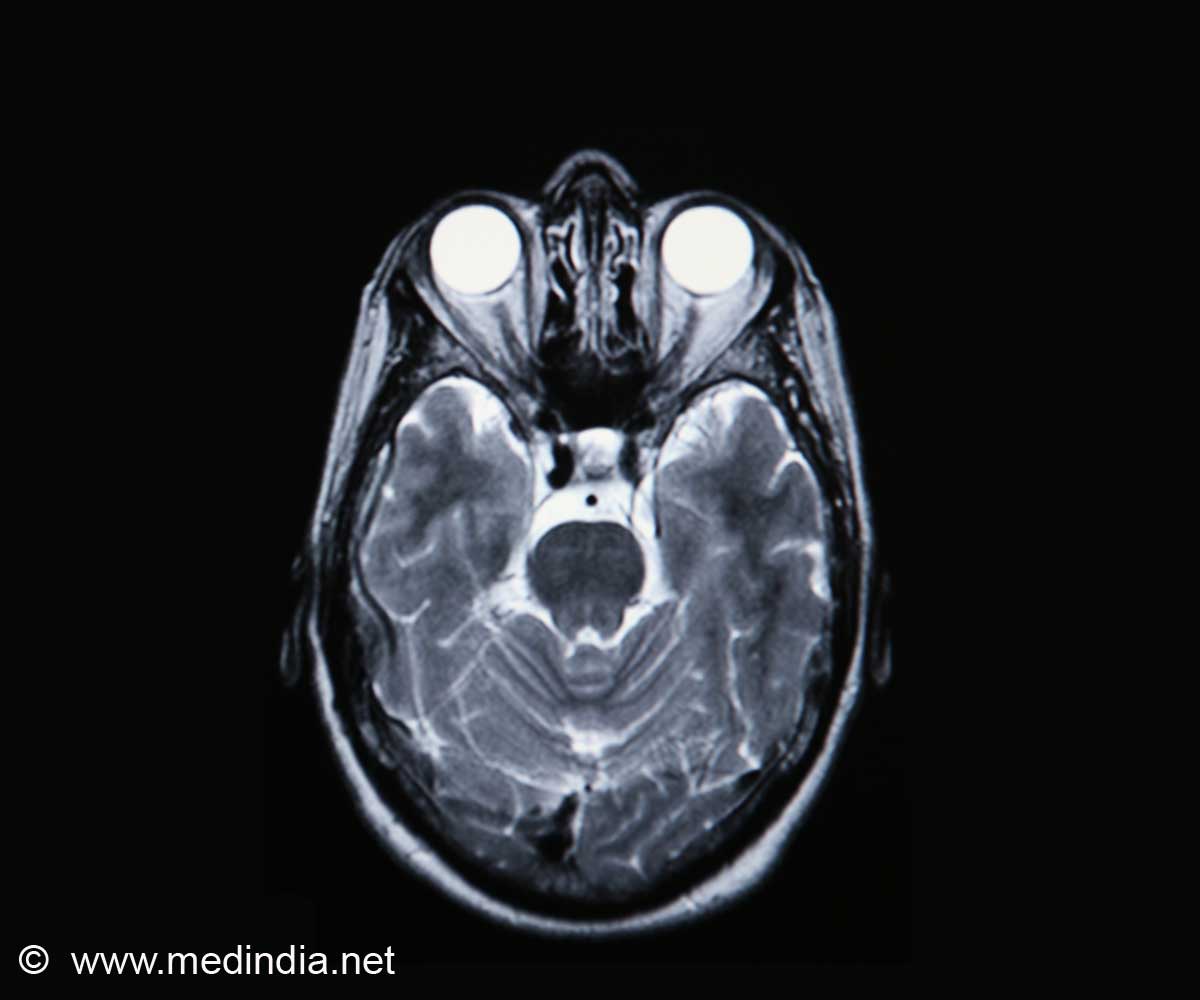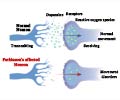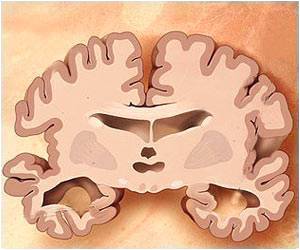Study reveals new insights into Parkinson's disease, paving the way for more targeted disease interventions.

Fibril fuzzy coat is important for α-synuclein pathological transmission activity
Go to source). The researchers first conducted serial amplification experiments to mimic the in vivo process of pathological protein transmission, identifying two structural variants, or polymorphs, of these fibrils: Mini-P, with a more compact fuzzy coat, and Mini-S, with a looser, more extended fuzzy coat.
‘Intriguing twist in #Parkinson's research! This study points to the "fuzzy coat" of cells as a possible new target for therapies. #worldparkinsonsday’





Fuzzy Coat Dynamics in Parkinson's Disease
Using a combination of advanced structural biology techniques—including cryo-electron microscopy, solid-state nuclear magnetic resonance, and hydrogen/deuterium exchange mass spectrometry—the researchers found that the two polymorphs are distinguished by the dynamic nature of their fuzzy coats, even though their rigid cores are remarkably similar.They also discovered that Mini-P fibrils exhibited greater neuronal seeding activity—i.e., transmission—compared to Mini-S, in part because the compact arrangement of Mini-P effectively shields some of the negative charges on the fuzzy coat. This shielding minimizes repulsion by neuronal receptors, particularly heparan sulfate proteoglycan (HSPG), thereby promoting more efficient neuronal uptake and increased resistance to proteolysis.
This research provides critical insight into the molecular mechanisms underlying the spread of pathological proteins between neurons—a process thought to exacerbate disease progression. As α-synuclein fibrils propagate from cell to cell, even subtle differences in fibril structure can dramatically alter their ability to seed new pathological aggregates.
Rather than attempting to eliminate all pathological protein aggregates—a task that is both energy-intensive and challenging—a more promising strategy might involve specifically targeting the fuzzy coat. By altering its structure or disrupting its interaction with the fibril core, it may be possible to reduce the efficiency of fibril transmission, slowing disease progression.
In addition, the researchers validated their model using conformation-specific antibodies, which could distinguish between Mini-P-like (seeding competent) and Mini-S-like (seeding incompetent) pathological protein in human brain tissues from patients with synucleinopathies. This suggests that the mechanisms observed in vitro are relevant to human disease.
Advertisement
Reference:
- Fibril fuzzy coat is important for α-synuclein pathological transmission activity - (https://linkinghub.elsevier.com/retrieve/pii/S0896627325002193)









